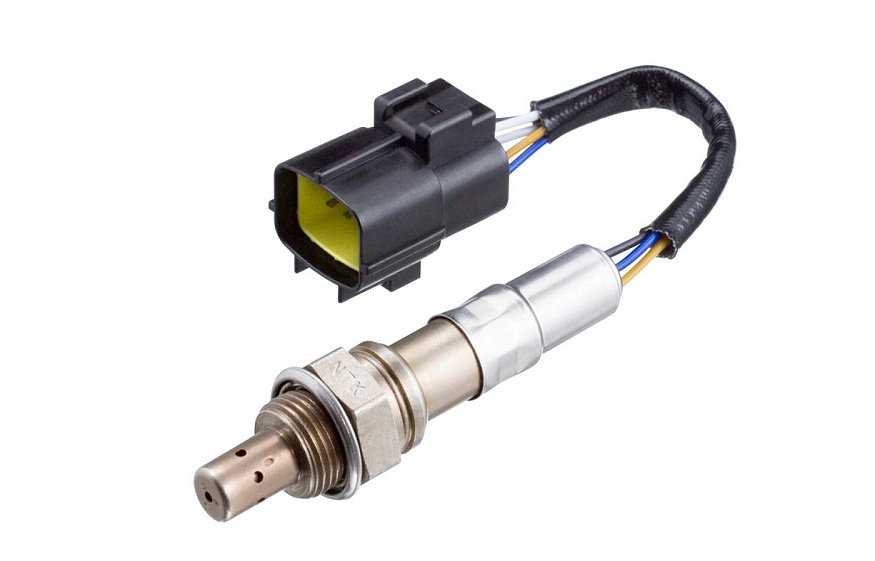An Oxygen sensor determines whether the mixture of air and fuel is right or wrong in your vehicle. It tells how much oxygen there is in your gas tank, which means it also tells you if your mixture ratio is too lean (too little oxygen) or rich (too much oxygen).
If you’re wondering why you might need an O2 sensor, then you can read the article below to learn more about the function of these parts.
You might see some signs that indicate your oxygen sensor needs replacing, such as smoke coming out of the tailpipe, poor acceleration, and excessive idling. If you suspect your vehicle has faulty sensors, you can find more information here.
A bad O-sensor will cause a wide variety of problems, from stalling to major engine damage. So it’s important to replace them before they fail completely. That way, you avoid having to pay thousands of dollars to repair your car after all.
Why do i need an oxygen sensor?
An oxygen sensor is a device that helps your vehicle’s engine run properly. If you have an older car, then chances are high that you don’t know how important this part of the vehicle really is. That’s why you should make sure that you replace it when necessary. In fact, you’ll want to get one before your next oil change.
When you drive, the air inside the cabin contains oxygen molecules. The oxygen travels through the pipes of your vehicle and into the cylinders of your engine. Once there, the oxygen is mixed with fuel and burned. This produces heat, which in turn creates movement. Your engine uses the motion produced by the burning gas to create power.
However, when the mixture isn’t right, the oxygen levels will be off. When that happens, the amount of energy created will be less than it normally would. This means that you won’t be able to produce enough power to move your vehicle forward.
Where is the car oxygen sensor located?
When you drive your car, you need to make sure that you have enough air in the vehicle. Otherwise, you could be at risk of getting into an accident. This article explains where exactly the car’s oxygen sensor is.
In order for the engine to run smoothly, the oxygen sensors must send signals to the computer. If these signals are missing, the engine won’t function properly.
If you’re wondering where the oxygen sensors are located in the car, you’ll find them on the left side of the dashboard. You should also check the right-hand corner of the instrument panel. The location of the sensors will vary from model to model. However, the most common place for this part of the vehicle is under the hood.
You can use your smartphone app as a way to test your car’s oxygen levels.
There are many apps available on the market that you can download onto your phone. Some of them allow you to scan the inside of the car and give you information about how much oxygen is present.
How long do car oxygen sensors last?
If you own a vehicle, then you know that your car needs to have its air intake system cleaned regularly. This is true of all vehicles, but it’s especially important with older cars.
As you might expect, the engine in your car uses oxygen from the air as fuel. When you turn on the ignition, the engine will draw in the air through an opening located in the front bumper. The air flows into the engine, where it mixes with the gasoline and creates the combustion process.
However, this doesn’t mean that the air filter should be changed every time you clean it. In fact, most manufacturers recommend changing the air filter at least once a year. If you do change the filter, make sure that you use a quality replacement part from the auto parts store SuncentAuto. Otherwise, you may end up damaging the sensor.
When you drive your car, the air that enters your engine is actually filtered by the air filter. However, the sensor can still pick up on the presence of certain gases.
What can cause a car oxygen sensor to fail?
When your vehicle suddenly stops working, you may be wondering why it’s happening. The answer is that the oxygen sensors in your engine have failed. If this happens, you’ll need to replace the faulty part as soon as possible.
There are many different reasons for a malfunctioning oxygen sensor. For example, if you’re driving on a hot day, you might notice smoke coming from the exhaust pipe. This could mean that the sensor itself needs to be replaced, but it could also simply indicate a problem with the wiring.
If you don’t know how to fix a defective oxygen sensor, then you should take your vehicle to a professional. You can find a mechanic near you by using an online search tool like AutoMD.
Conclusion
In conclusion, the most common use for O2 sensors is to monitor the air quality in your home or office. They are also used to monitor the air quality in vehicles such as cars, trucks, airplanes, trains, and boats.

